Ranked! The 100 best football stadiums in Britain
From Anfield to Oakwell, FFT ranks the best football stadiums by their matchday experience. We’re convinced there’ll be absolutely no arguing about it...
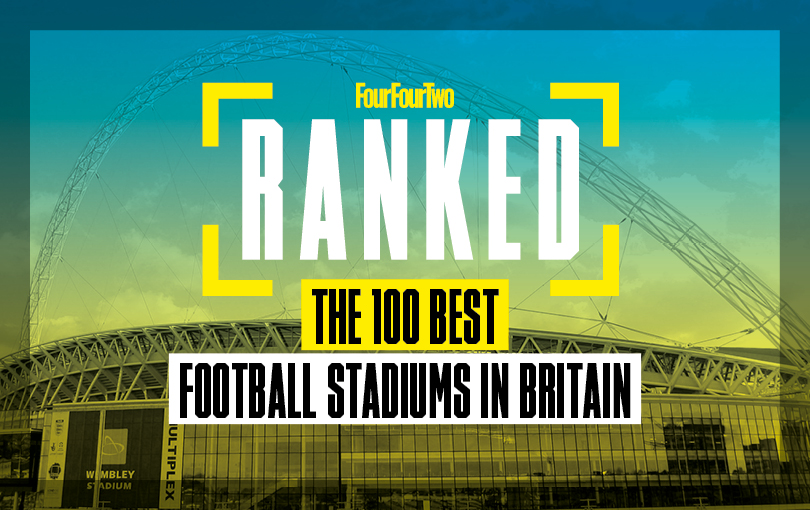
How do you decide on a list of the best football stadiums?
The perfect ground does not exist. Pubs and good patter can be traded off against handy road access or proximity to a station, while one fan’s trash is another’s beloved treasure (it’s called ‘charm’ – Ed.). But some things grab us all: that feeling as you stroll towards a historical behemoth; the sense of calm in a unique beauty spot; a special atmosphere unmatched elsewhere.
It’s all subjective, of course – but we’ve had a go at running down our favourites anyway. Bicker afterwards...
100 best football stadiums in Britain: 100. Plough Lane
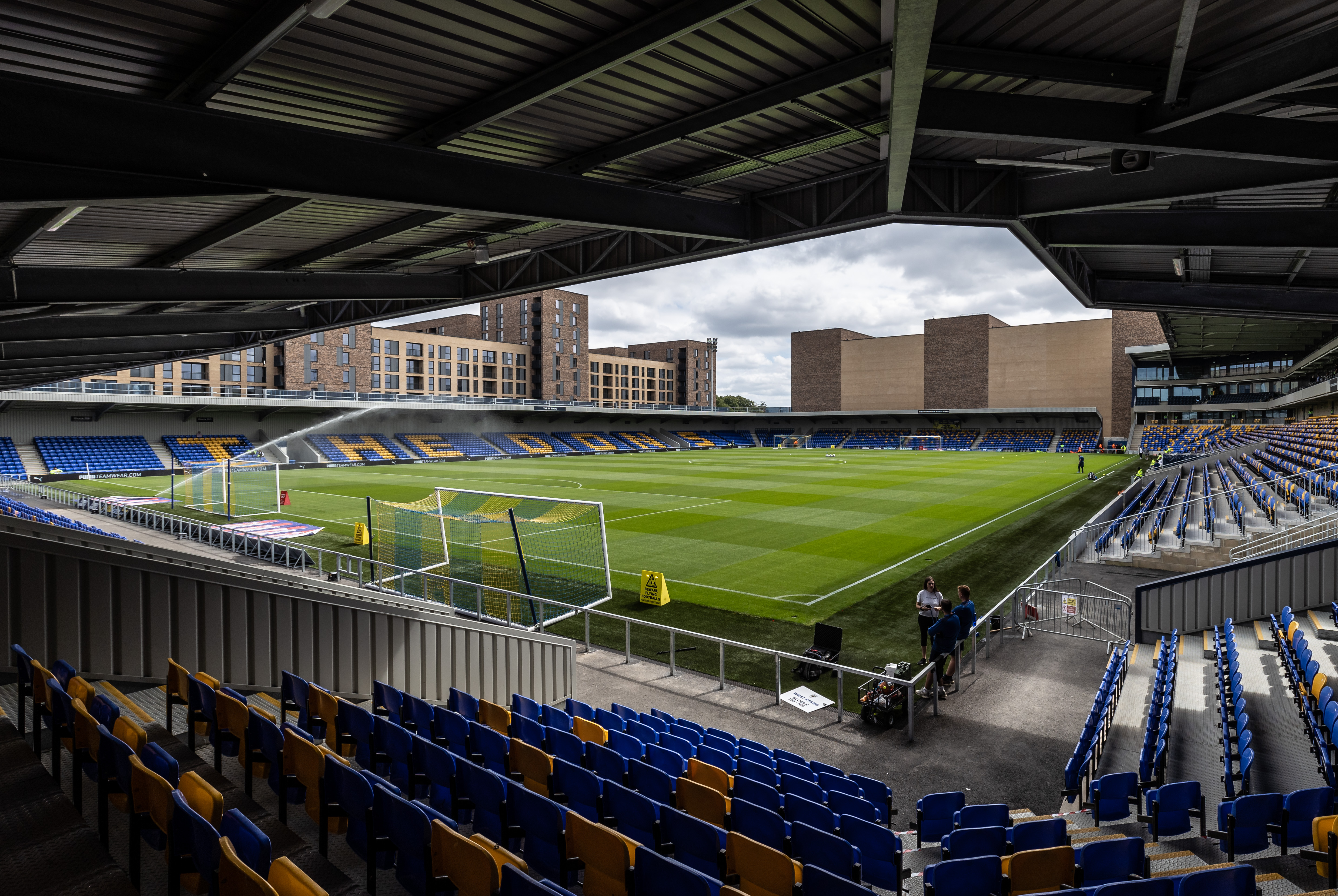
AFC Wimbledon
Capacity 9,215
Opened 2021
Wimbledon’s new stadium may have not have opened long ago, but there's more than 100 years of history at Plough Lane, the club’s spiritual home since 1912. The Dons left the old Plough Lane in 1991 – this one was built just 200 yards away, and is altogether smarter.
The best features, fun and footballing quizzes, straight to your inbox every week.
BEST FEATURE Not situated in Milton Keynes or Kingston.
99. Recreation Ground
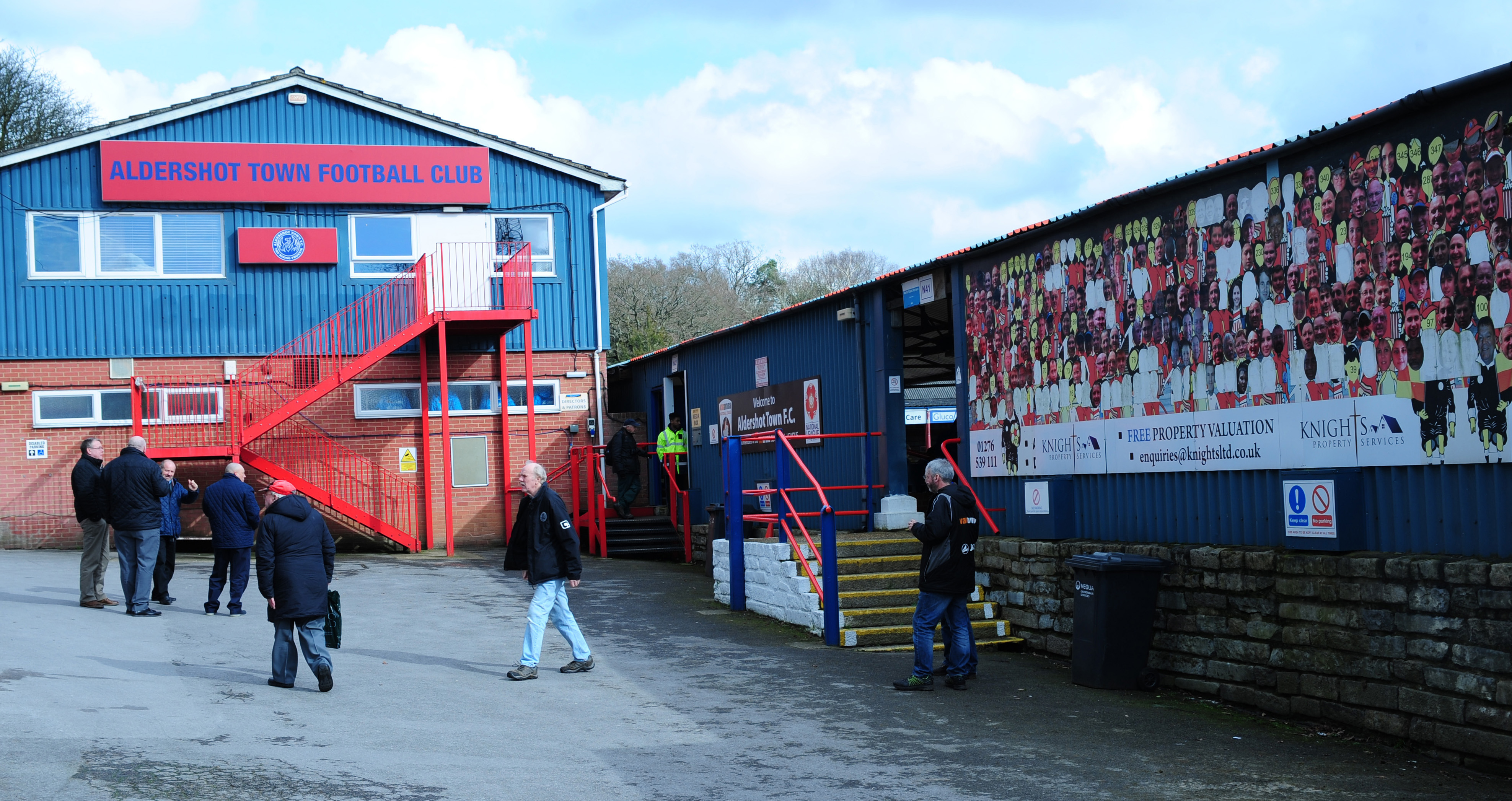
Aldershot
Capacity 7,100
Opened 1927
The Shots’ ground is situated in a public park, with a distinctive downhill stroll through woodland required to access the away turnstiles of this traditional lower-league favourite.
BEST FEATURE Home and away fans are segregated in the barrel-roofed East Bank terrace behind one of the goals, which often makes for a cracking atmosphere. Don’t forget your drum.
98. MKM Stadium
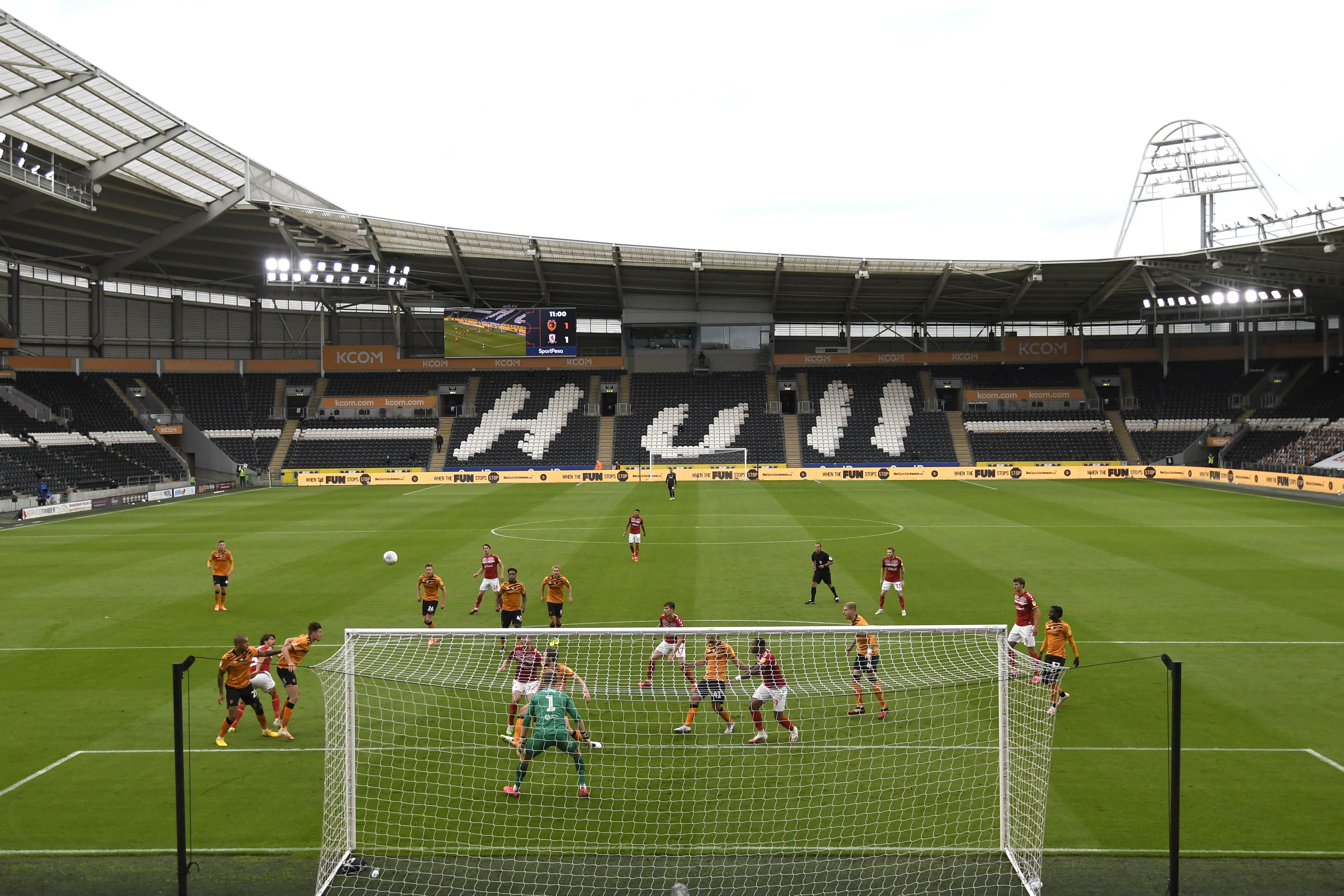
Hull City
Capacity 25,400
Opened 2002
A statement of ambition, rising above the surrounding houses, shops and parks on the skyline of the city. Hull waited a century to play top-flight football – it was no coincidence they did in their new ground.
WEIRDEST MOMENT Phil Brown belting out a verse of the Beach Boys’ Sloop John B to celebrate the Tigers retaining their Premier League status in 2009.
97. Edgeley Park
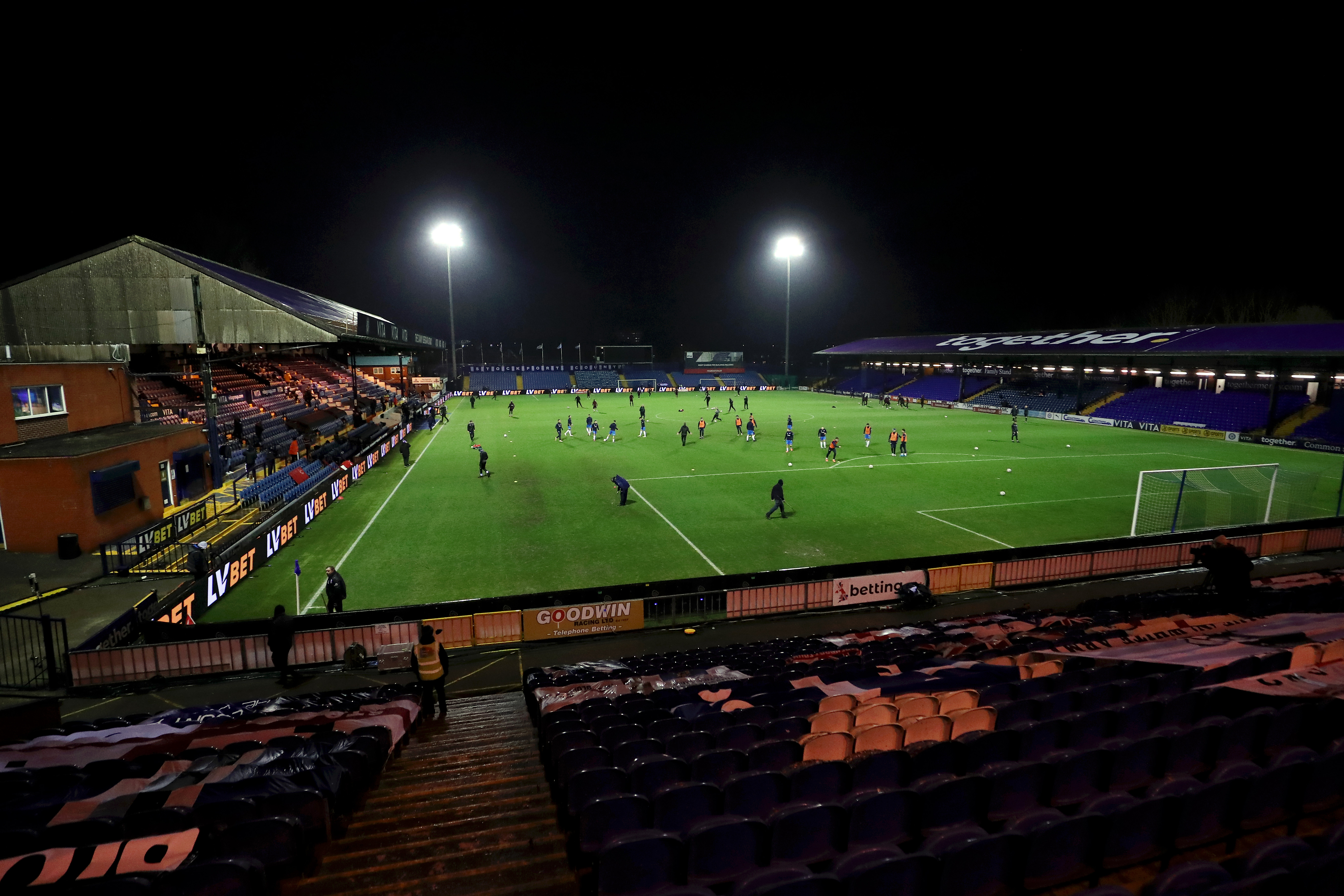
Stockport County
Capacity 10,841
Opened 1901
Over 120 years old, Edgeley Park is a relic of English football – but to traditionalists, it still carries certain charms of bygone years. With the town centre nearby, there’s plenty going for it as a solid away day.
BEST FEATURE The Railway End: a former terrace converted to an uncovered seating area. Scruffy fun.
96. Sandygate
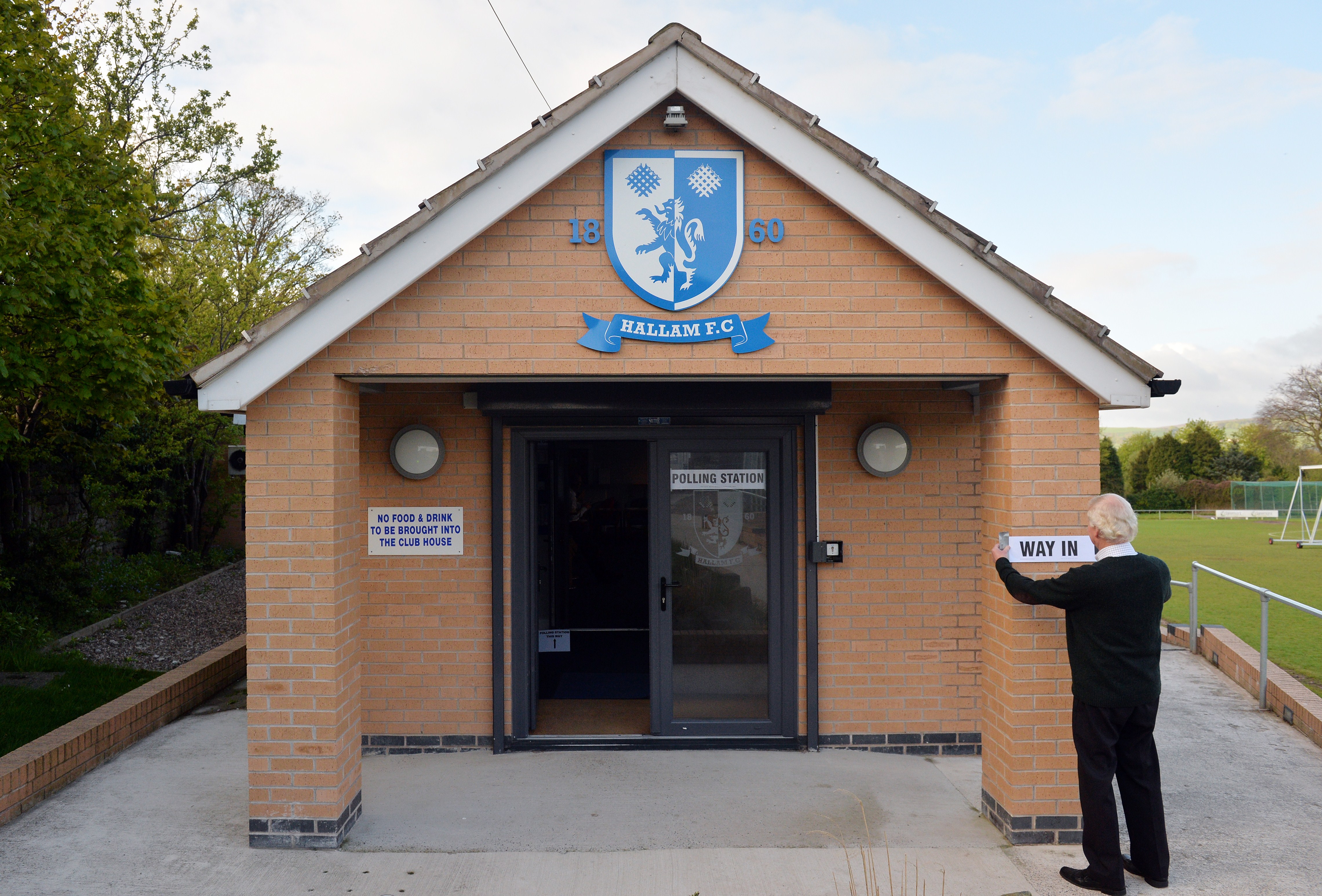
Hallam FC
Capacity 700
Opened 1860
Football fans with a taste for time travel have often made pilgrimages to Sandygate. Located on Sheffield’s western fringes, it hosted its first match as far back as the mid-19th century, making it the world’s oldest football stadium. And that’s Guinness official.
DID YOU KNOW? Sandygate was the final home ground of one Christopher Roland Waddle, who then coached Hallam’s Sunday team.
95. Wham Stadium
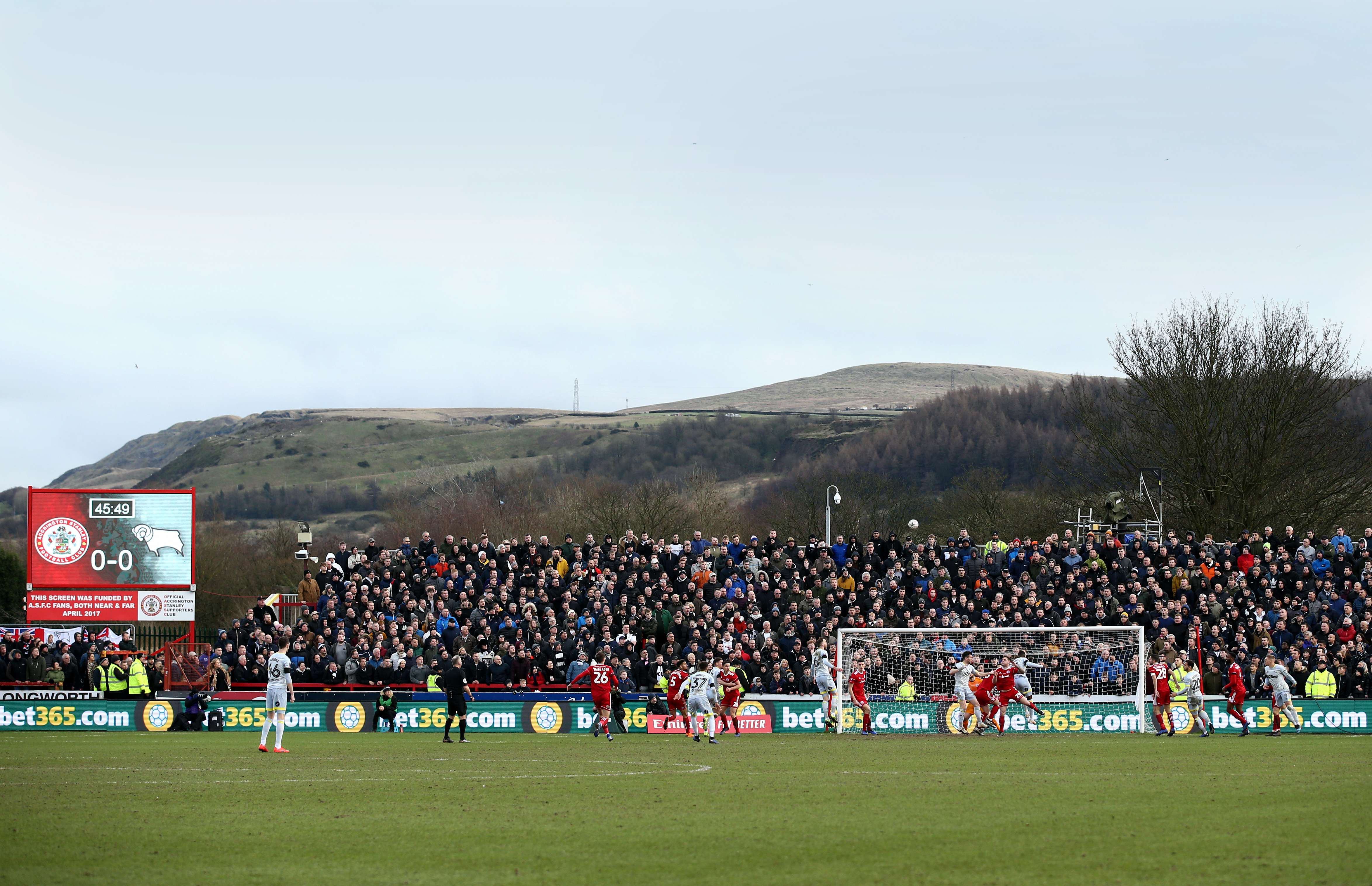
Accrington Stanley
Capacity 5,450
Opened 1968
Seamlessly and stylishly expanded and improved as Accrington rose up the divisions, but retaining its homely feel. There are views of nearby hills, but wherever you’re sat or stood it’s pleasingly near the pitch to feel involved.
WEIRDEST MOMENT Accrington found a pair of false teeth which a fan had lost while watching their 2018 win over AFC Wimbledon.
94. Seel Park

Mossley
Capacity 4,000
Opened 1952
Tucked on the north-westerly edge of the Peak District in Greater Manchester, Seel Park is accompanied by some of the best views in non-league. It’s been modernised in recent years too, and now features various viewing points: standing terraces, seats… even a garden bench.
BEST FEATURE Beyond the obvious scenery, Seel Park also has its own beer garden serving local brew – a nice touch on matchdays.
93. Maes Tegid
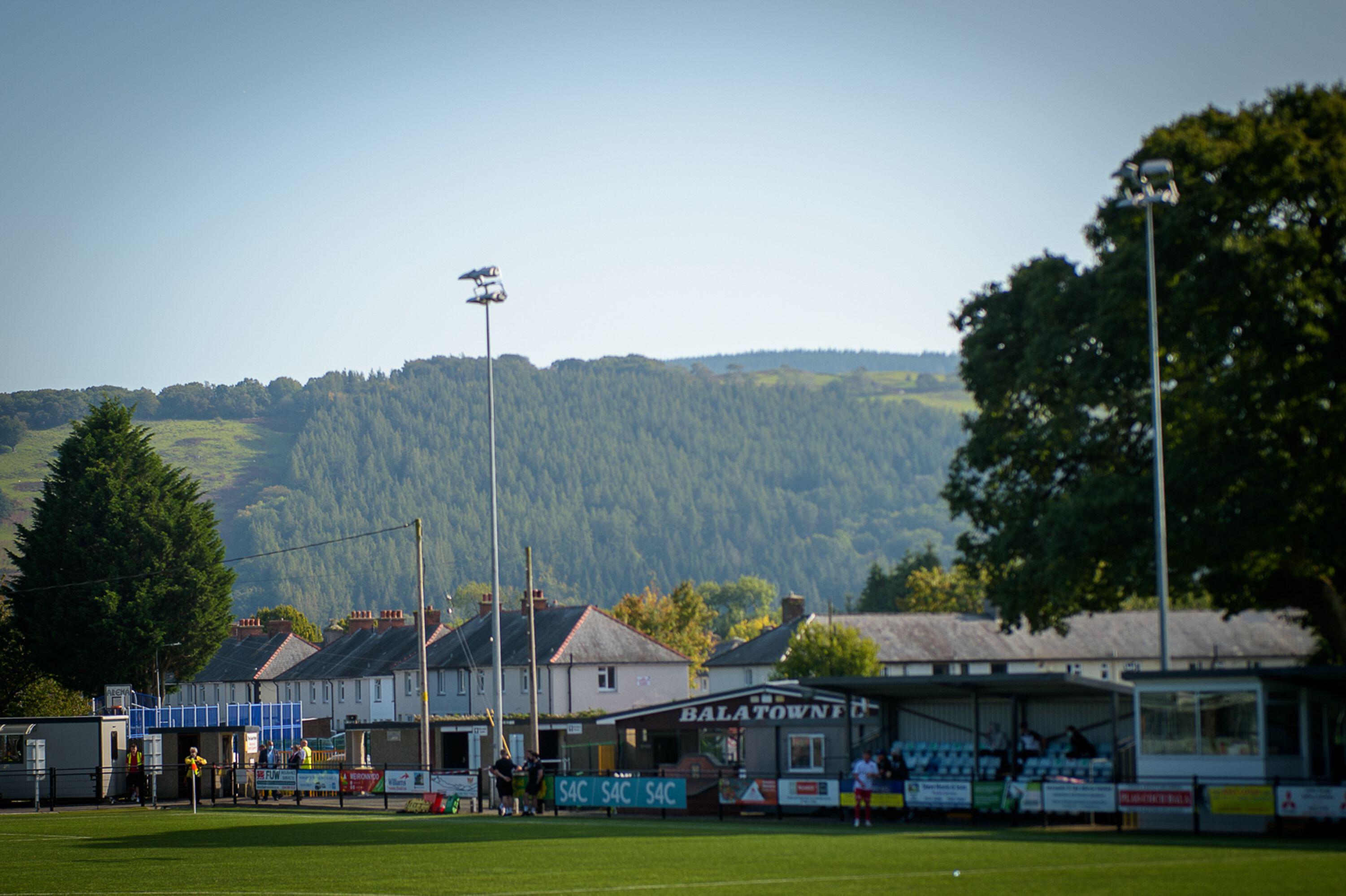
Bala Town
Capacity 3,000
Opened 1950
Is it possible to look at Maes Tegid without a feeling of complete serenity? With the rolling hills of Snowdonia National Park for company, it’s one of the most pleasant grounds on these shores. Aaaand breathe...
DID YOU KNOW? Bala have played several seasons’ worth of Europa/Conference League qualifiers – but never at home. UEFA regulations mean they have to play elsewhere instead. Boooooo.
92. The Saffrons
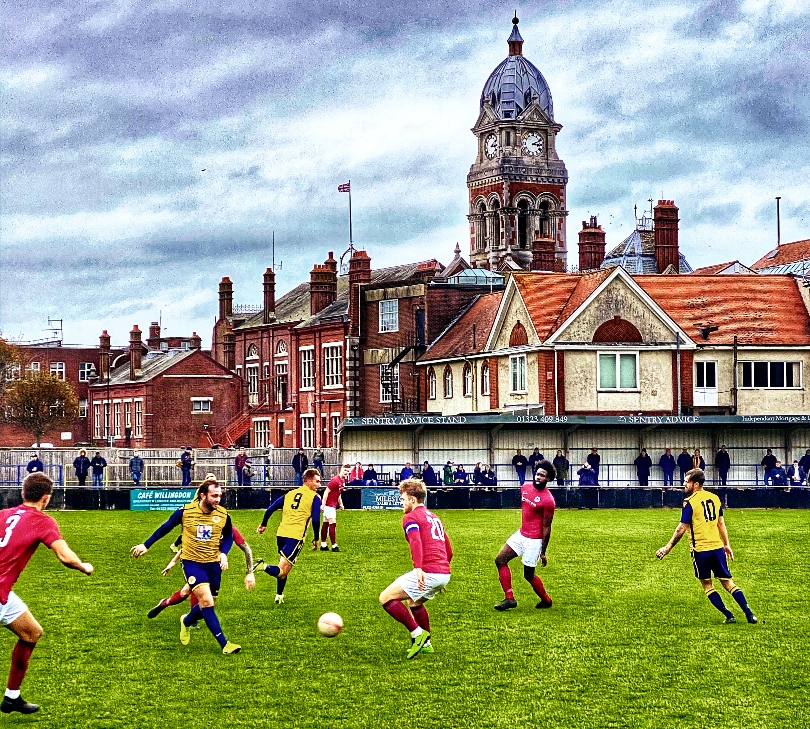
Eastbourne Town
Capacity 3,000
Opened 1884
Home to the oldest club in Sussex, Town’s home is tucked neatly on the edge of town behind stone walls and cricket sight screens. It’s a leafy cracker, spied upon by the clock tower of Eastbourne’s heritage museum.
DID YOU KNOW? Since 1947, fires have destroyed the Saffrons’ cricket pavilion, its replacement, a wooden grandstand (arson) and main turnstile. Cursed.
91. Highbury
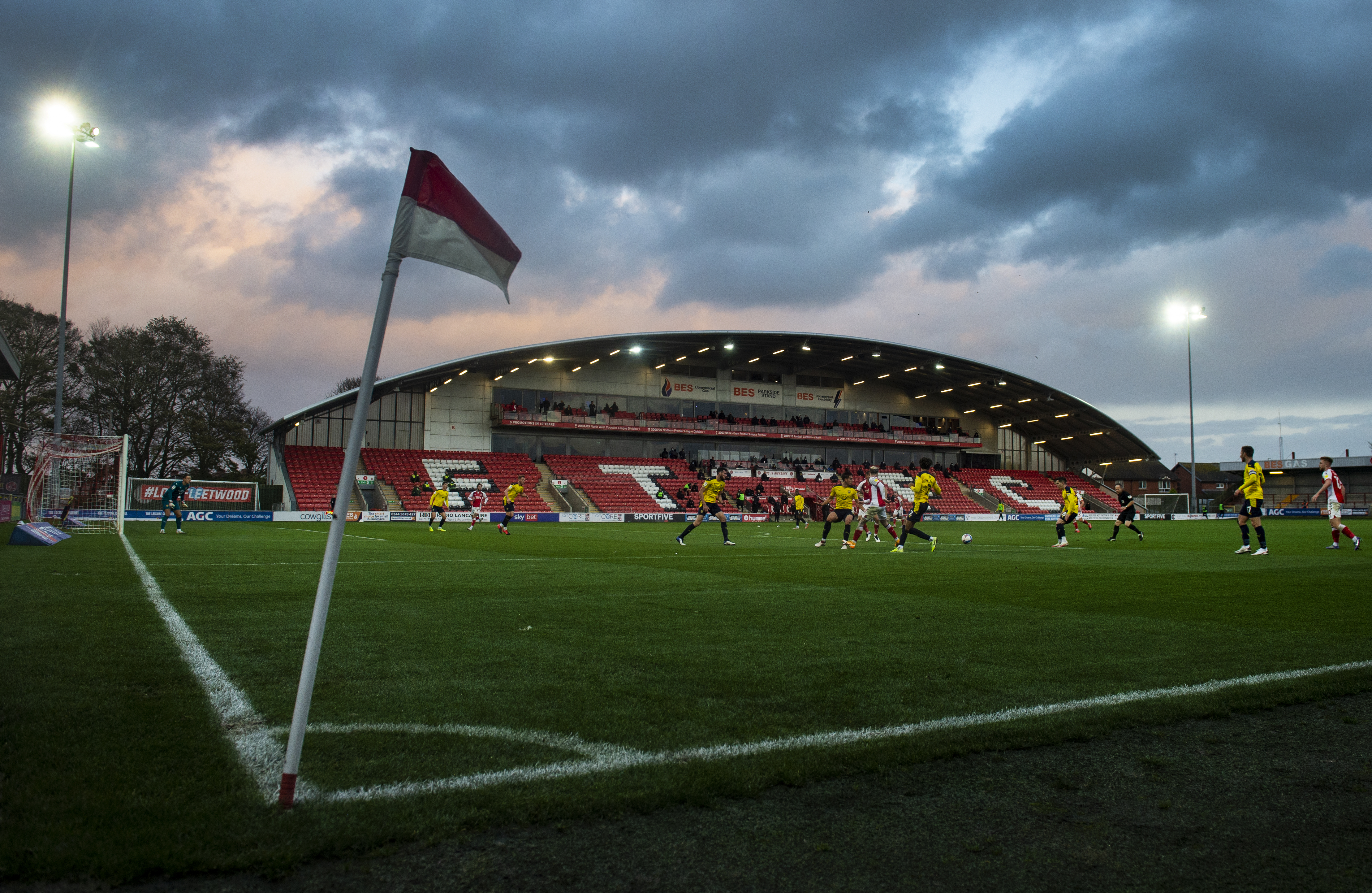
Fleetwood Town
Capacity 5,327
Opened 1939
Named after nearby Highbury Avenue rather than Arsenal’s old ground (although they suspiciously borrowed the Gunners’ club colours too), Fleetwood brightened up their home as they neared the EFL. There’s an arcing main stand and a smaller seating area opposite, which curiously still sits directly in front of the rickety old stand it replaced.
BEST FEATURE Every time Fleetwood score, they play the theme tune to Captain Pugwash
90. Vicarage Road
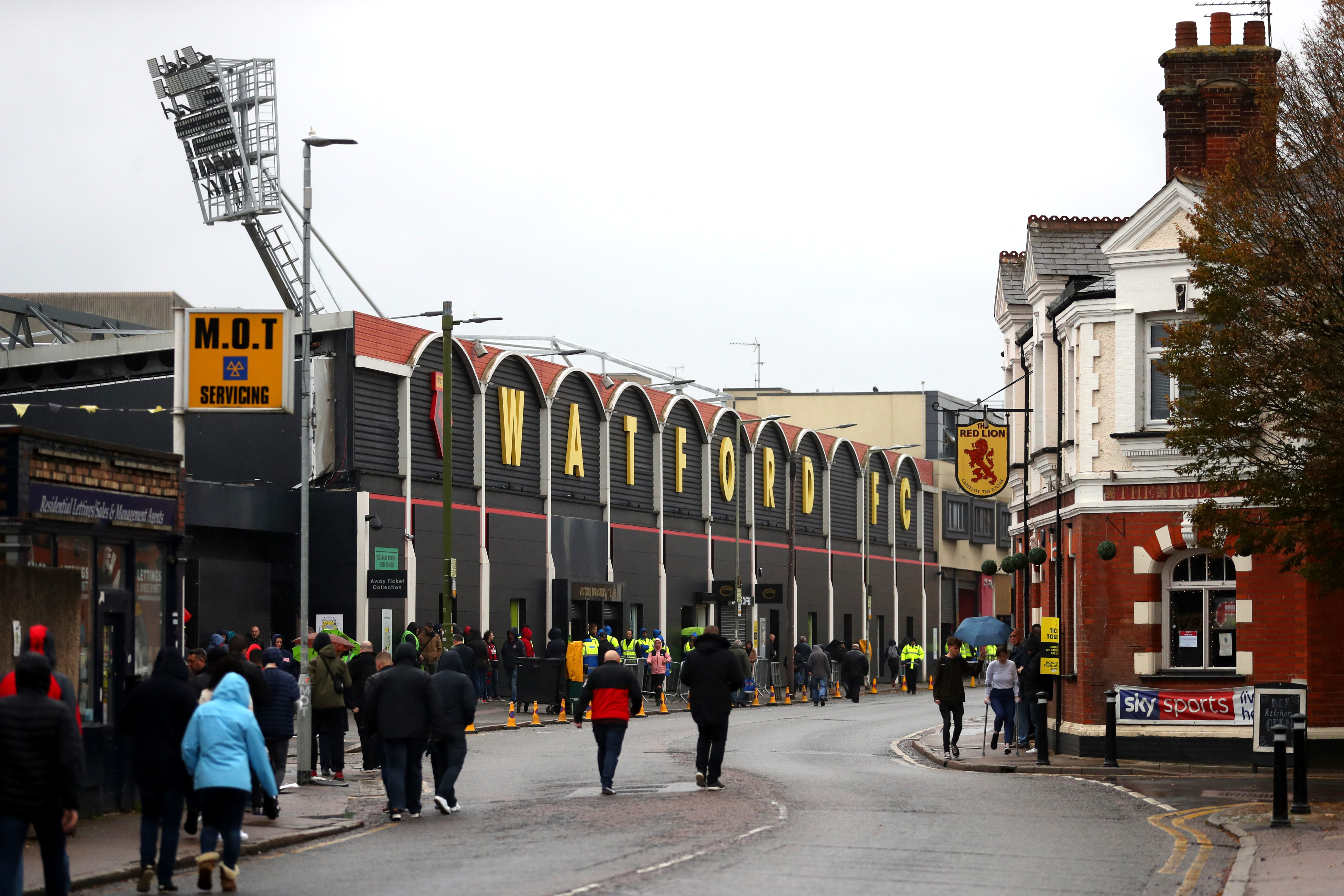
Watford
Capacity 21,577
Opened 1922
There might be nowhere to park, but this is another terrific crucible for night-time football. Pre-match entertainment comes courtesy of away team drivers attempting to reverse their luxury coaches down the narrow lane to the player’s entrance.
DID YOU KNOW? Vicarage Road doubled as the home ground of Dunmore United in ’80s ITV kids caper Murphy’s Mob.
89. Cappielow
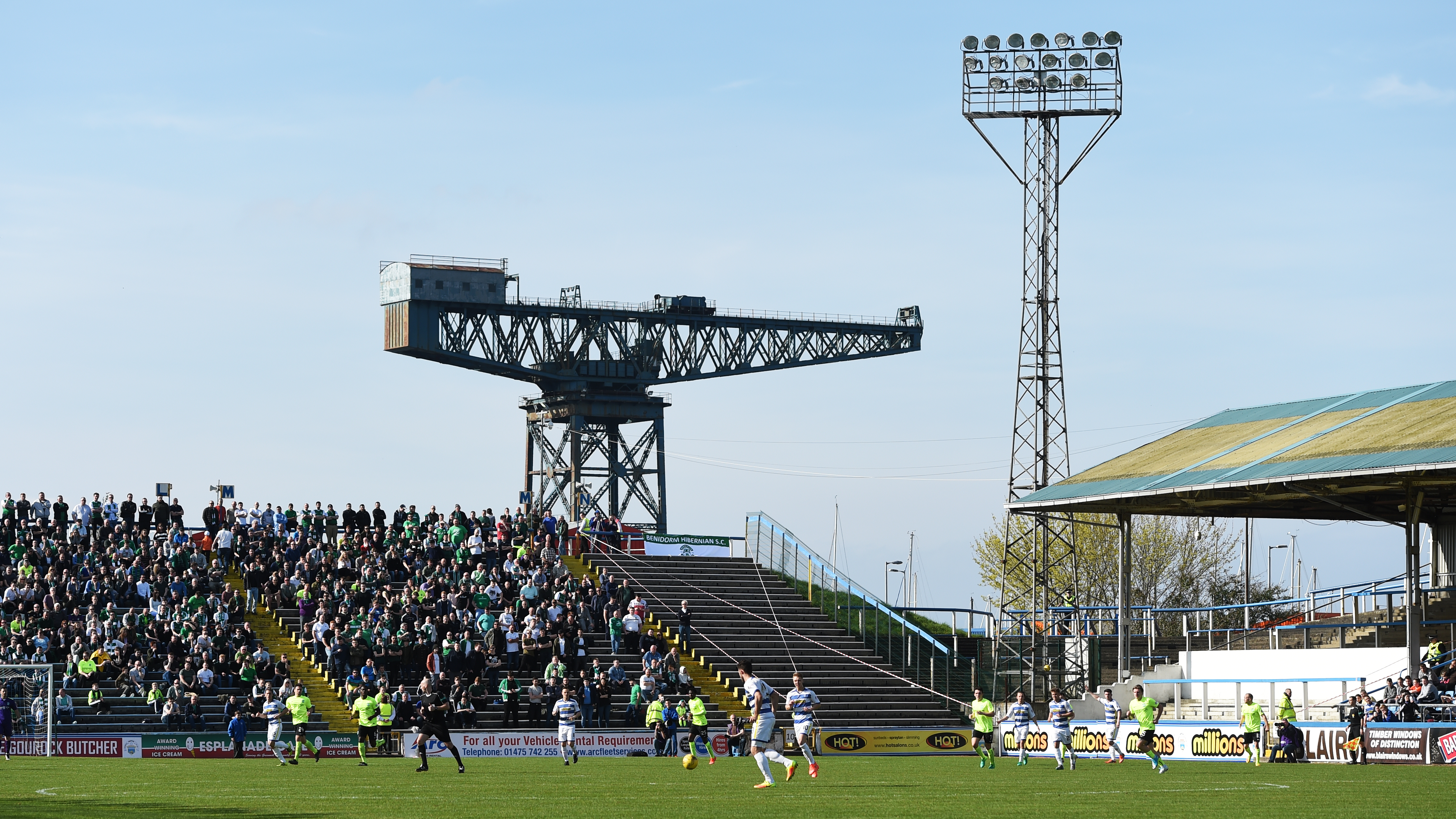
Greenock Morton
Capacity 11,589
Opened 1879
An unashamed throwback full of character. Upgrades haven’t been a priority for a club that has survived some tough times, meaning Cappielow sits rough and ready by the docks, whose famous Titan Crane dominates the skyline. A five-minute walk from Cartsdyke train station.
BEST FEATURE We’ve been big fans of the three-tier dugouts.
88. Penydarren Park

Merthyr Town
Capacity 4,500
Opened 1908
Plonked atop a hill, the ground occupies the site of a Roman military settlement – and while showing its age in places, is a rustic gem that recently benefited from development work costing £3m.
DID YOU KNOW? Merthyr stunned Atalanta here in the first round of the 1987-88 European Cup Winners’ Cup, in one of Welsh football’s most memorable nights.
87. The Football Pitch
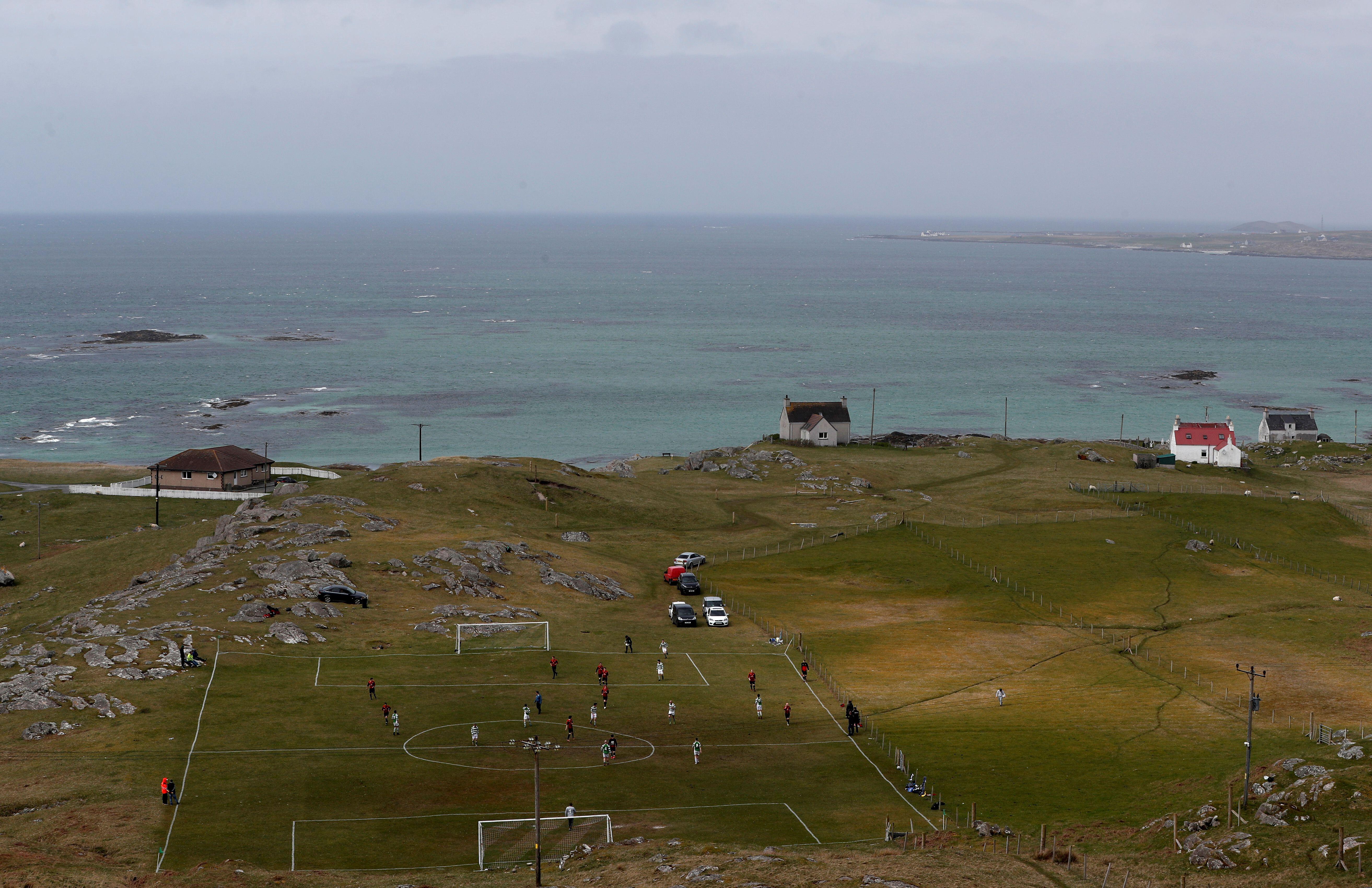
Eriskay AFC
Population 143 (at last count)
OK, so it’s more ‘pitch’ than ‘ground’… but just look at it. Locals on this Outer Hebrides island have their beach, community hall, pub, shop… and football pitch. It’s uneven, on a slope, completely exposed to the elements and wildlife – but it’s beautiful.
DID YOU KNOW? In 2015, FIFA picked it as one of the eight most remarkable places to play football.
86. The Wellesley

Great Yarmouth
Capacity 3,600
Opened 1888
The main reason to visit one of the UK’s most easterly grounds isn’t to observe its 10th-tier Eastern Counties League side’s prowess – it’s to gaze upon, and sit within, the grandeur of its Victorian grandstand. Built in 1892, it’s the oldest in the country.
BEST FEATURE What else? That grandstand was given Grade II-listed status in 2002.
85. Brunton Park
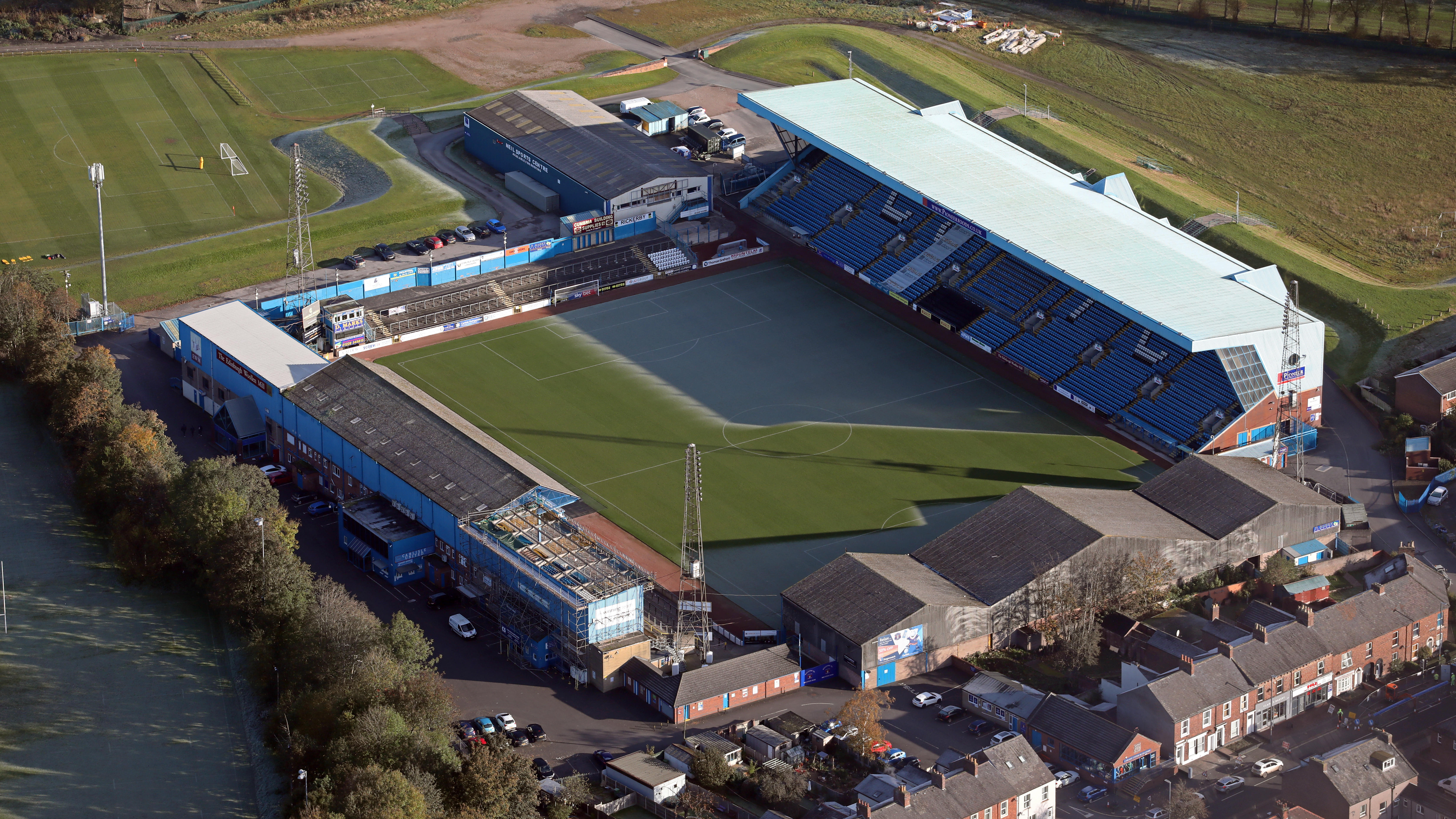
Carlisle United
Capacity 17,949
Opened 1909
A trip there represents a slog for most fans, being so close to Scotland, but <i>is worth it thanks to a lopsided mix of seated stands and terraced paddocks. Crammed with character.
WEIRDEST MOMENT Magno Vieira's madcap winner against Halifax in 2005: a quick free-kick after goalkeeper Ian Dunbavin mistakenly thought the referee was calling him over, but was then penalised for handball outside his box.
84. The Valley
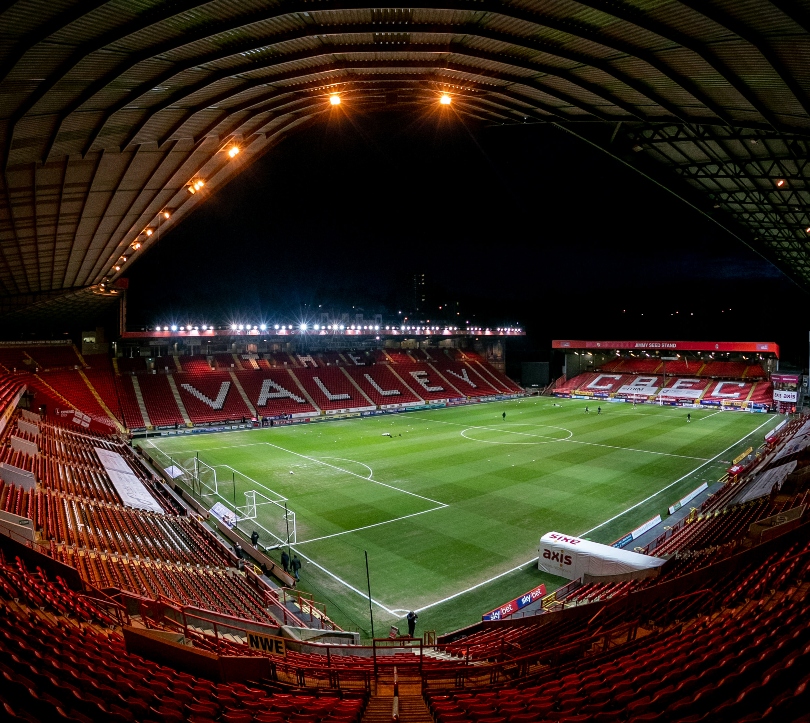
Charlton Athletic
Capacity 27,111
Opened 1919
Evocative name, evocative place. Those of long tooth will recall the repurposed chalkpit’s post-war glory years; others The Who’s record-breakingly loud gig there. After the Addicks’ seven-year absence, ended in 1992 by the fans’ organisation and determination, came The Valley’s subsequent triumphant rebuild.
BEST FEATURE When the DJ strikes up The Skids’ Into The Valley, only a stone heart remains unstirred.
83. Beveree
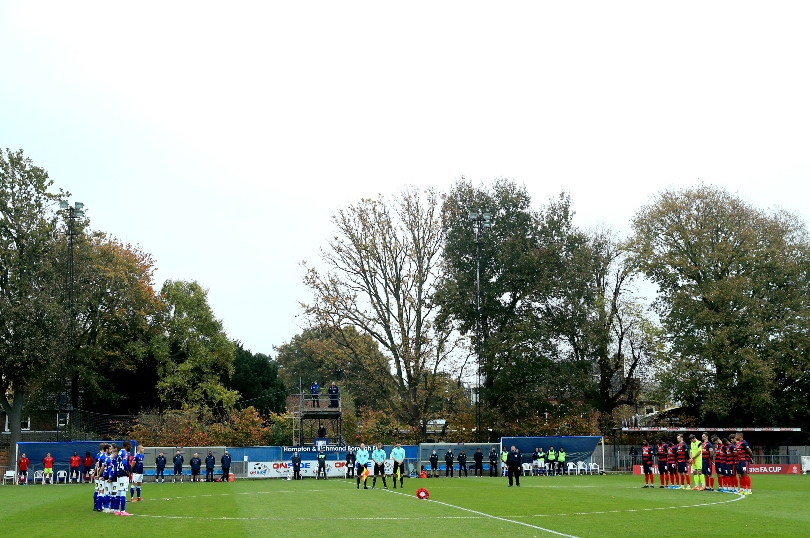
Hampton & Richmond
Capacity 3,500
Opened 1959
The splendour of Hampton Court Palace may only be a mile and a half down the road, but you’ll find none of that pomp and pageantry at the Bev: a cosy ramshackle hodgepodge hidden in leafy suburbia.
DID YOU KNOW? Last season’s WSL winners and Champions League runners-up Chelsea called it their home for several campaigns during the mid-noughties.
82. Blundell Park
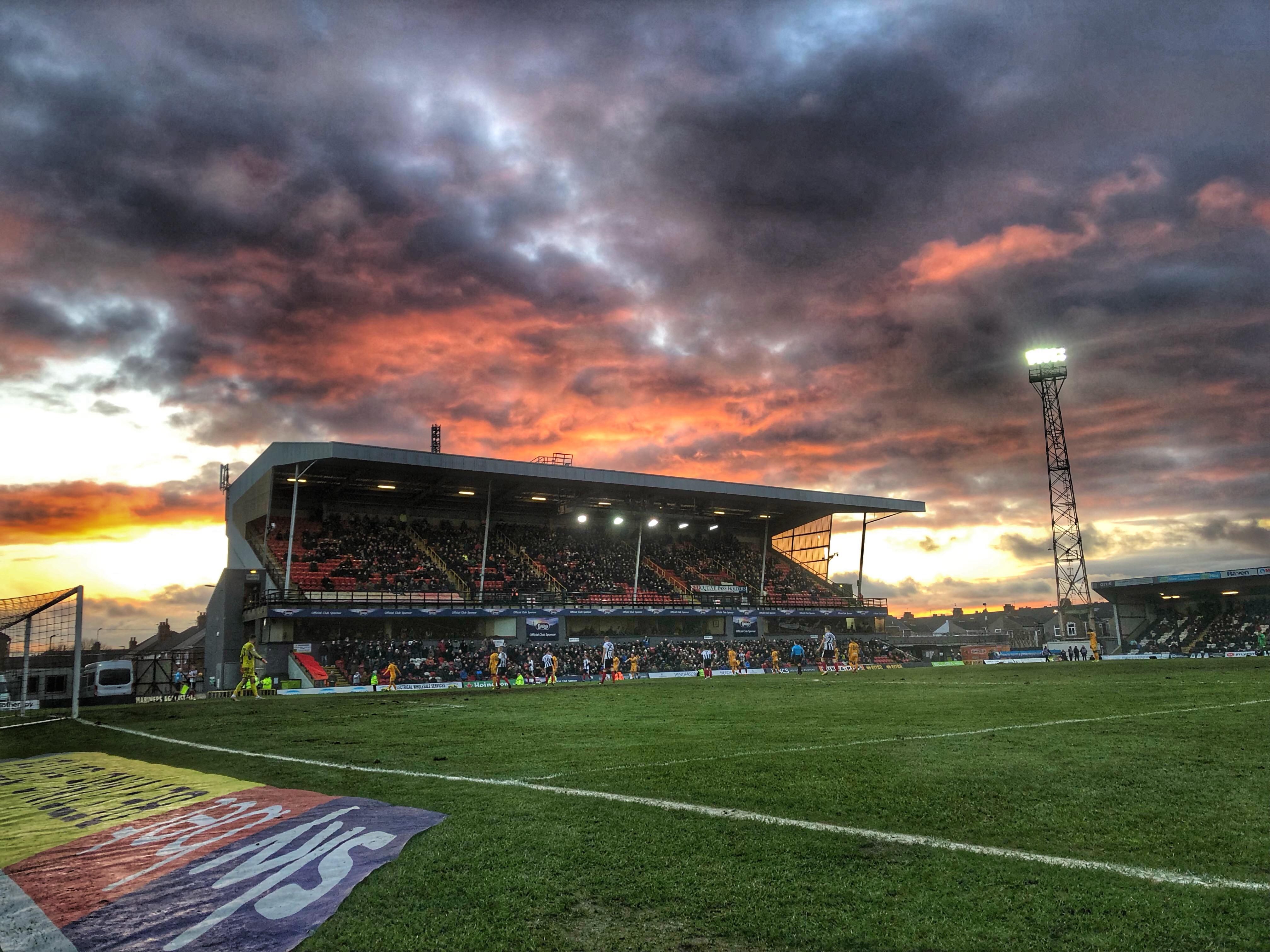
Grimsby Town
Capacity 9,052
Opened 1899
Take your big coat, if not your galoshes: Grimsby’s Cleethorpes home is hard by the North Sea. It’s also a historical layer cake. Roughly half of the 1939 away end is restricted view, but the 1961 Pontoon End makes a fine racket. Like the two ends, the pillar-filled 1901 Main Stand is dwarfed by the 1982 two-tier job opposite, from which you can watch the weather closing in.
BEST FEATURE The black-and-white floodlights.
81. The Abbey Stadium
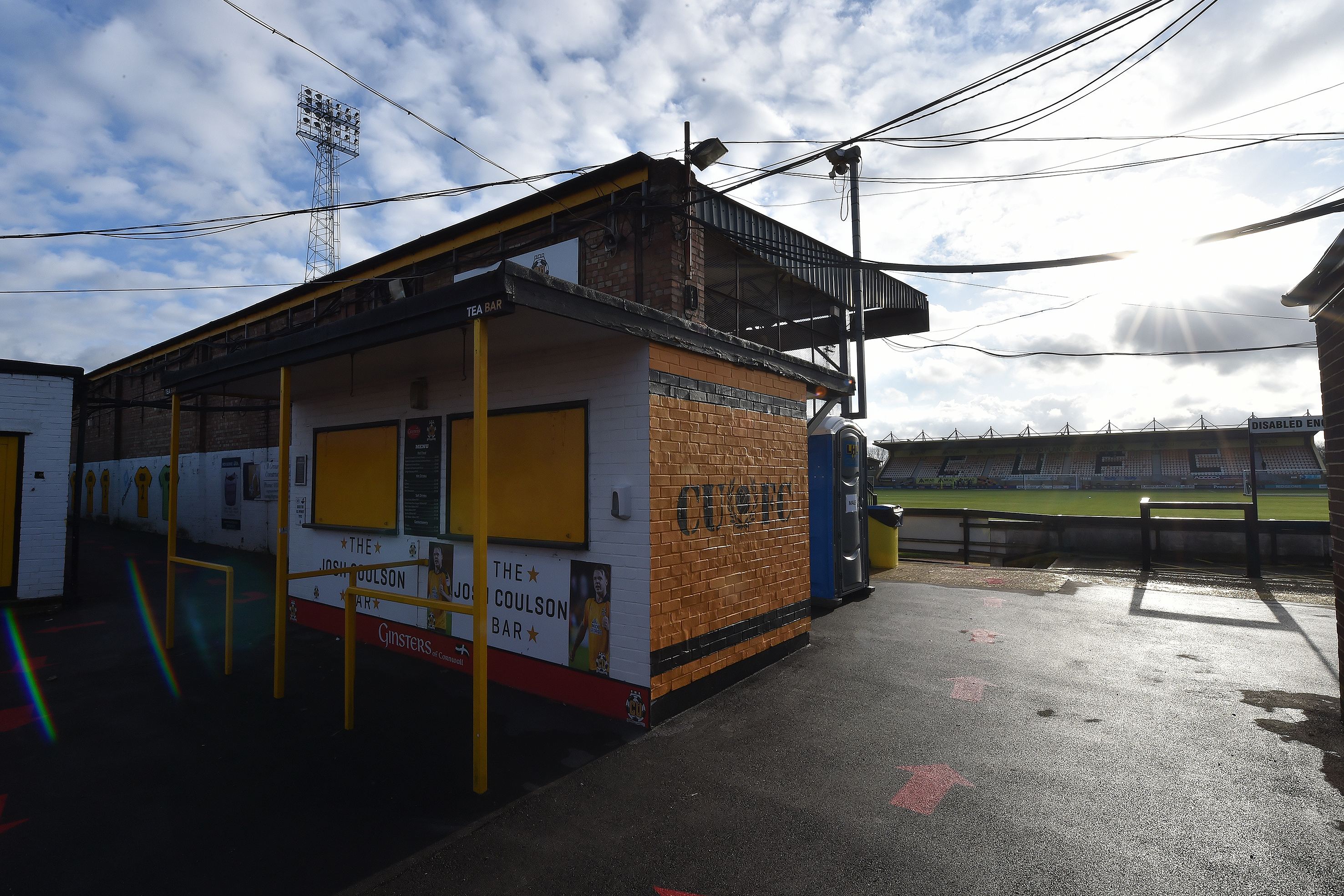
Cambridge United
Capacity 8,127
Opened 1932
The neighbouring Barnwell Lake provides a scenic backdrop to one of the most distinct grounds in the lower leagues. The North Terrace may be a throwback but the nostalgic ought to like it.
WEIRDEST MOMENT Notorious former boss John Beck moved the opposition’s dugout to near the corner flag, to stop the visiting manager from having a good view. That’s the spirit.
Current page: The 100 best football stadiums in Britain: 100-81
Next Page The 100 best football stadiums in Britain: 80-61
Chris joined FourFourTwo in 2015 and has reported from more than 20 countries, in places as varied as Ivory Coast and the Arctic Circle. He's interviewed Pele, Zlatan and Santa Claus (it's a long story), as well as covering the World Cup, AFCON and the Clasico. He previously spent 10 years as a newspaper journalist, and completed the 92 in 2017.
